Employment Theory Of Wages
If union is strong workers will be paid more. Smith hinted at such a theory when he noted that employers had greater bargaining strength than employees.
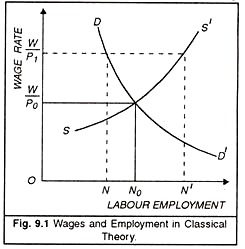
Classical Theory On Wage And Employment With Diagram Macro Economics
The first wage theory known as the Subsistence Theory of Wages was developed by the English economist David Ricardo in 1817.
Employment theory of wages. Employment here means wage labour the hire of labour for a sum of money and not merely occupation or self-employment. Applicable in organized sector. In reality wages are determined not only by ones productivity but also by seniority networking ambition and luck.
Wages increase only with an increase in capital or a decrease in the number of workers. A theory of employment is then a theory of the decisions of employers to hire labour and of employees to offer their services. This means that wage rate interest rate and price level change in their respective markets according to the forces of demand and supply.
Income and employment theory a body of economic analysis concerned with the relative levels of output employment and prices in an economy. How wages are determined has been the subject of several theories of wages. The most important theories of wages determination are.
Although the size of the wage fund could change over time at any given moment it was fixed. 15 Given how full employment is used in describing his theory of employment it appears Keynes says people are involuntarily unemployed if an increase in the price level keeping wages constant leads directly to an increase in employment. The wage-fund theory held that wages depended on the relative amounts of capital available for the payment of workers and the size of the labour force.
They will demand the labour they need depending on the marginal revenue product of labour. Full employment is reached when an increase in real prices fails to increase employment levels. To this theory Wages are determined by relative bargaining power of workers or trade unions and of the employers.
If a high average wage attracts a lot of workers into the industry then it is possible that the wage this rm needs to pay to attract workers will actually fall. The first is that wage is equal to the marginal product of labour Accepting the law of Diminishing Marginal Productivity as employment increases any increase in employment is necessarily associated with lower real wage. The effect of the average wage on the aggregate labor supply is also important in determining the likely employment effect of the minimum wage.
Bargaining Theory of Wages by John Davidson Acc. Wages are fixed mainly as a result of individual bargaining collective bargaining or by public or State regulation. According to economic theory workers wages are equal to the marginal revenue product of their labor.
Recent work on the economic effects of minimum wages has stressed that the standard economic model where increases in minimum wages depress employment is not supported by the empirical findings in some labour markets. The bargaining theory of wages holds that wages hours and working conditions are determined by the relative bargaining strength of the parties to the agreement. There are various theories of wages which lave been put forward by different economists from time to time but none of them is free from criticism.
Issue Date May 1994. Another feature of the classical theory of employment is in its belief that that if real wages of the workers are flexible in the labor market then the economic system automatically adjusts itself at. In this paper we present a theoretical framework which is general enough to allow minimum wages to have the conventional negative impact on employment.
If one employee is very productive he or she will have a high marginal revenue product. The wage rate is determined by the whole market and this sets the wage rate for all firms in the market. Foremost a theory of employment.
The firm itself determines the quantity of labour demanded. By defining the interrelation of these macroeconomic factors governments try to create policies that contribute to economic stability. The simple Classical theory of employment is based on two fundamental postulates.
The classical theory of employment is based on the assumption of flexibility of wages interest and prices. 2 Wage Fund Theory. 1 Subsistence Theory of Wages.
A theory of self-employment is rather different since there is no hiring decision.

National Minimum Wage Economics Online Economics Online

Competitive Labour Markets Wages And Employment Economics Online Economics Online
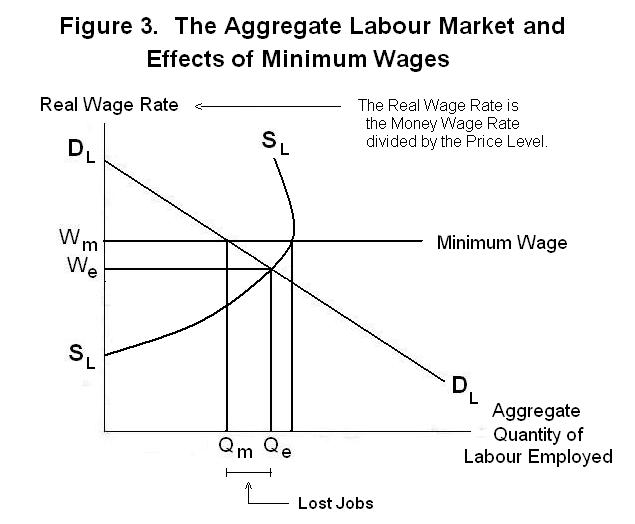
Wage Rates And The Supply And Demand For Labour

One Suggestion For Employee Retention Is To Offer Pay Increases Once Internal Training Is Completed This Theory Suggests Employee Retention Theories Investing

Employment Verification Form Samples Lovely Sample Employment Verification Form 8 Examples In Word Pdf Employment Form Employment Letter Templates Free

Human Resource Management In South Africa Institutes Prejudice Job Ads Hr Jobs Job Posting Sites

Moll Peter G 1998 Primary Schooling Cognitive Skills And Wages In South Africa Economica 65 258 263 84 Cognitive School System Skills
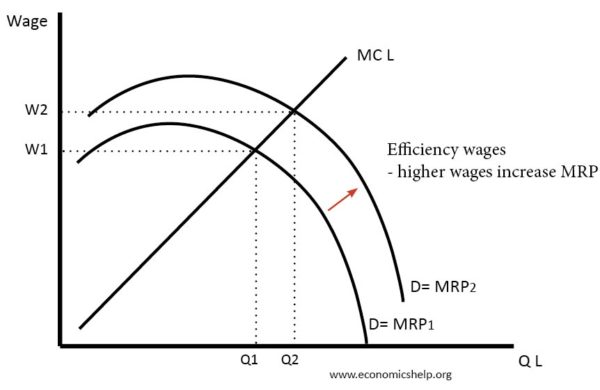
Efficiency Wage Theory Economics Help
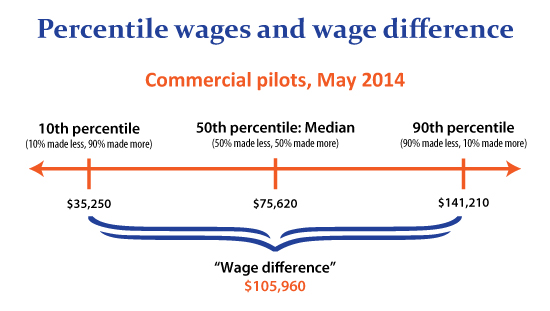
Same Occupation Different Pay How Wages Vary Career Outlook U S Bureau Of Labor Statistics
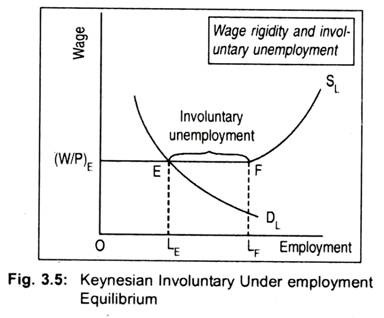
Keynesian Theory Of Involuntary Unemployment With Diagram
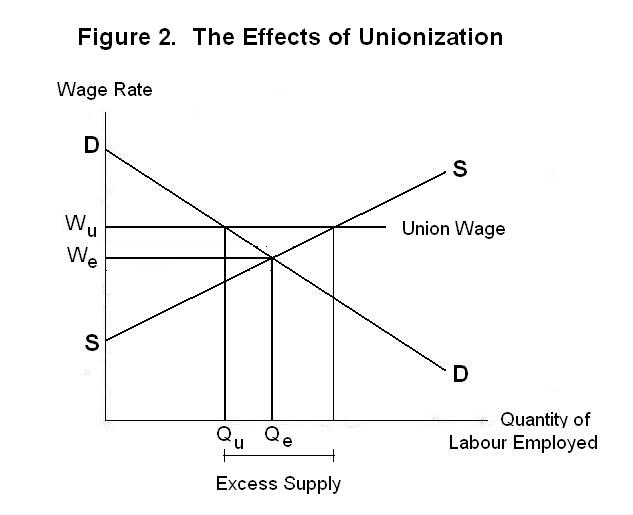
Wage Rates And The Supply And Demand For Labour
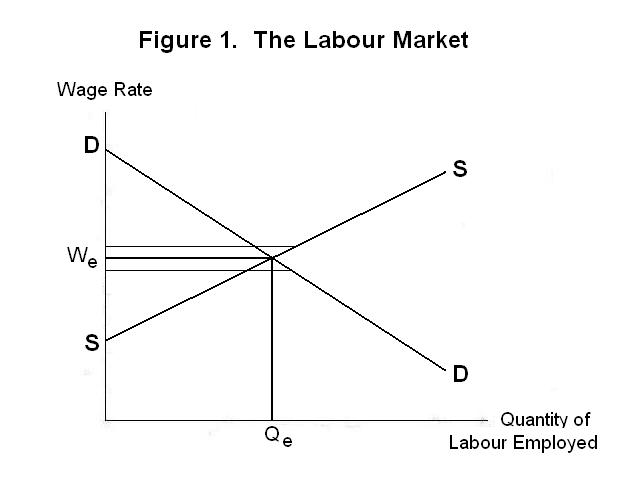
Wage Rates And The Supply And Demand For Labour

Productivity Up Wages Down Slideshow Slide 7 Happy Labor Day Wtf Happy Labor Day Work Benefits Writing A Book

Competitive Labour Markets Wages And Employment Economics Online Economics Online




Post a Comment for "Employment Theory Of Wages"